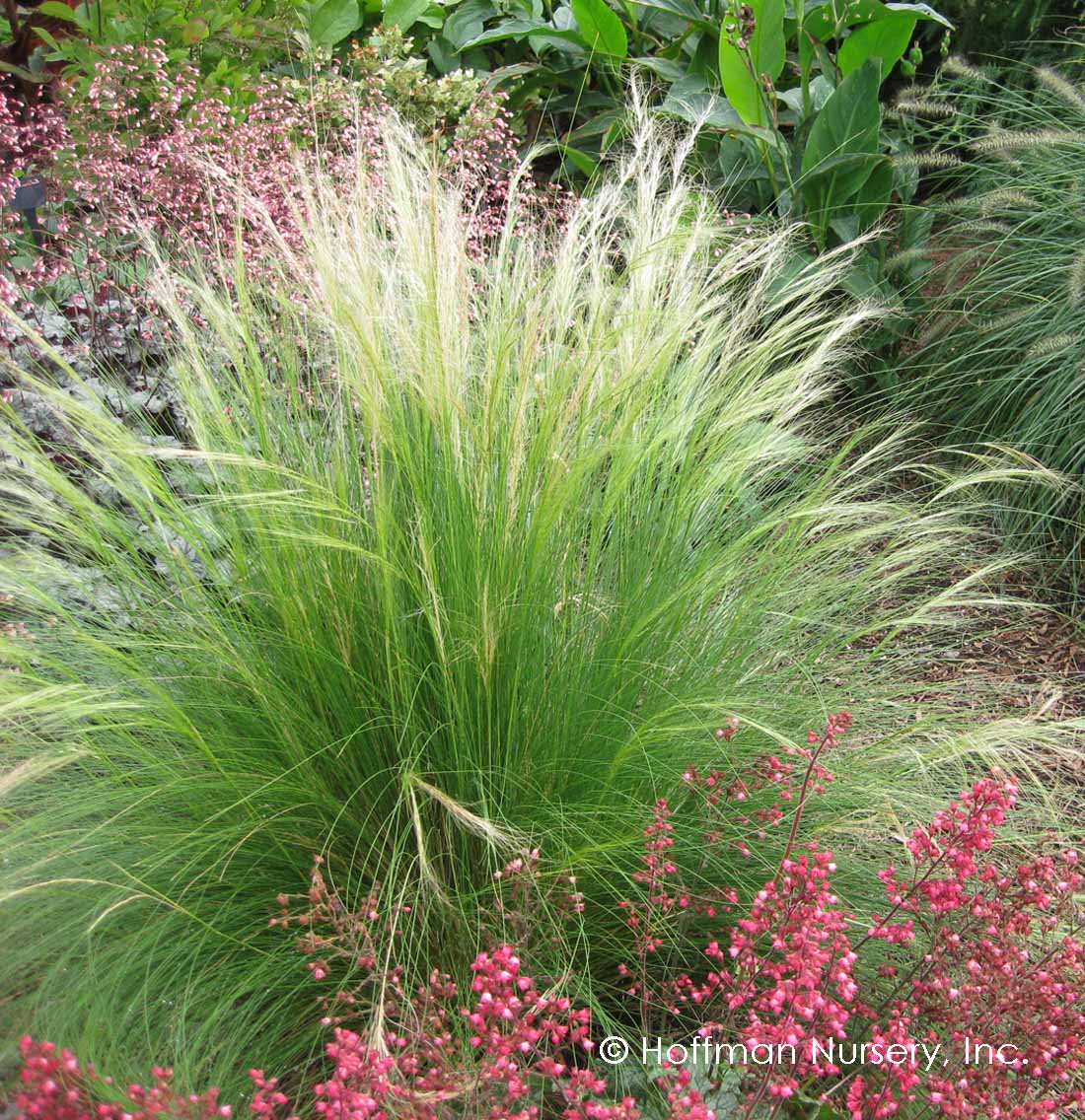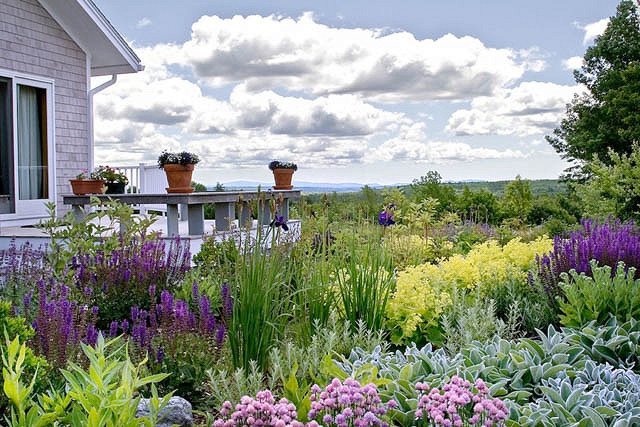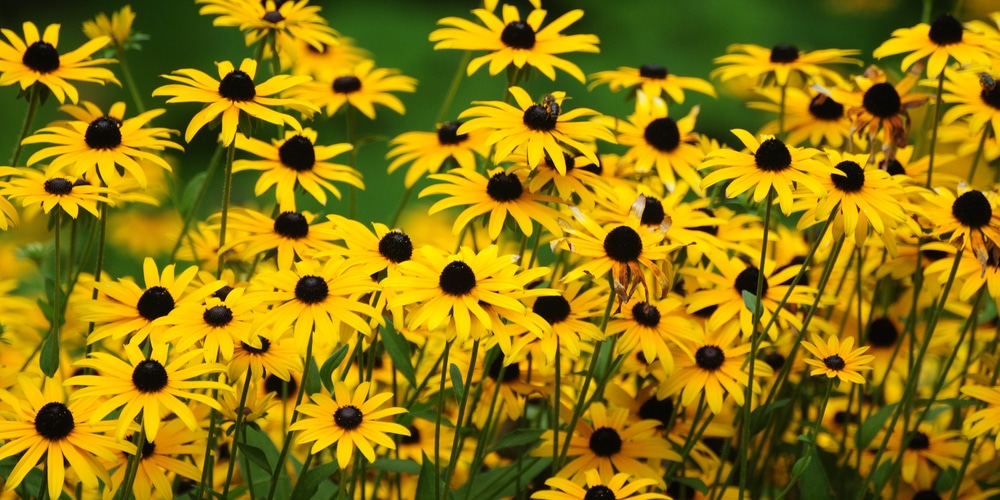Astounding Companion Plants To Grow With Lambs Ear
Lamb's ear (Stachys byzantina) is a popular perennial plant known for its soft, velvety leaves and spikes of purple flowers. It is a low-maintenance plant that is drought-tolerant and deer-resistant, making it a great choice for many gardens.
One of the best things about lambs ear is that it can be paired with a variety of other plants to create a beautiful and interesting garden. When choosing companion plants for lambs ear, there are a few things to keep in mind. First, consider the size and growth habit of the plants. Lambs ear is a spreading plant, so you will want to choose companions that will not crowd it out. Second, think about the sun and soil requirements of the plants. Lambs ear prefers full sun and well-drained soil, so you will want to choose companions that have similar needs.
Here are some of the best companion plants for lambs ear:
- Black-eyed Susans: These cheerful flowers add a splash of color to any garden. They are also drought-tolerant and deer-resistant, making them a good match for lambs ear.
- Daylilies: Daylilies are another great choice for companion plants. They come in a variety of colors and bloom for several weeks in the summer. Daylilies are also deer-resistant and prefer full sun.
- Yarrow: Yarrow is a hardy perennial that adds a touch of elegance to any garden. It is also known for its medicinal properties. Yarrow prefers full sun and well-drained soil, making it a good match for lambs ear.

- Common Mullein: Common mullein is a tall, upright plant with fuzzy leaves. It is a good choice for adding height and texture to a garden. Common mullein prefers full sun and well-drained soil, making it a good match for lambs ear.

- Mexican feather grass: Mexican feather grass is a graceful, ornamental grass that adds movement and interest to a garden. It is drought-tolerant and prefers full sun. Mexican feather grass is a good choice for companion plants because it does not compete with lambs ear for water or nutrients.

- Sweet woodruff: Sweet woodruff is a low-growing perennial that has fragrant white flowers. It is a good choice for adding a touch of sweetness to a garden. Sweet woodruff prefers partial shade and moist soil, so it is not a good match for lambs ear, which prefers full sun.
These are just a few of the many companion plants that can be grown with lambs ear. By choosing plants with similar sun and soil requirements, you can create a beautiful and harmonious garden that will thrive for years to come.
FAQ of lambs ear companion plants
Q: What are some good companion plants for lambs ear?
A: Lambs ear (Stachys byzantina) is a hardy perennial that is drought-tolerant and prefers full sun. It has soft, wooly leaves that are gray-green in color. Lambs ear is a good companion plant for a variety of other plants, including:
- Roses: Lambs ear's fuzzy leaves help to deter pests like aphids and spider mites, which can be a problem for roses.

- Yarrow: Yarrow is another hardy perennial that is drought-tolerant and prefers full sun. It has daisy-like flowers that attract pollinators, which can help to improve the pollination of your roses.

- Russian sage: Russian sage is a tall, upright plant with blue flowers that blooms in late summer. It attracts butterflies and other beneficial insects.

- Black-eyed Susan: Black-eyed Susan is a low-maintenance perennial with yellow flowers that blooms in summer. It is deer-resistant and attracts butterflies.

- Sweet woodruff: Sweet woodruff is a groundcover plant with white flowers that blooms in spring. It has a sweet fragrance that can attract pollinators.

Q: What are the benefits of planting lambs ear with other plants?
A: There are several benefits to planting lambs ear with other plants. First, lambs ear can help to deter pests. Its fuzzy leaves make it a poor host for insects, and it can also release chemicals that repel pests. Second, lambs ear can help to improve the soil quality. Its deep roots help to break up compacted soil and improve drainage. Third, lambs ear can help to attract pollinators. Its flowers are a source of nectar and pollen for bees, butterflies, and other beneficial insects.
Q: What are some tips for planting lambs ear with other plants?
A: When planting lambs ear with other plants, it is important to consider the size and growth habit of both plants. Lambs ear can grow up to 2 feet tall and wide, so it is important to plant it with other plants that have a similar size and growth habit. It is also important to plant lambs ear in full sun. It will tolerate some shade, but it will not flower as well if it is not planted in full sun.
Q: What are some common mistakes to avoid when planting lambs ear with other plants?
A: Some common mistakes to avoid when planting lambs ear with other plants include:
- Planting lambs ear with plants that require different amounts of sunlight. Lambs ear requires full sun, so it is important to plant it with other plants that also require full sun.
- Planting lambs ear with plants that have different soil requirements. Lambs ear prefers well-drained soil, so it is important to plant it with other plants that have similar soil requirements.
- Planting lambs ear too close to other plants. Lambs ear can grow up to 2 feet tall and wide, so it is important to plant it with enough space to grow.
Image of lambs ear companion plants
- Lamb's ear and lavender: These two plants have similar growing requirements and complement each other's colors and textures. The silvery-green leaves of lambs ear provide a nice contrast to the purple blooms of lavender.

- Lamb's ear and yarrow: Yarrow is another drought-tolerant plant that can be paired with lambs ear. The yellow blooms of yarrow add a pop of color to the garden, and the lacy foliage of both plants creates a soft, textured look.

- Lamb's ear and sedum: Sedums are succulent plants that come in a variety of colors, so you can choose one that matches the color scheme of your garden. Sedums are also drought-tolerant and low-maintenance, making them a good choice for companion plants for lambs ear.

- Lamb's ear and black-eyed Susan: Black-eyed Susans are native wildflowers that add a touch of whimsy to the garden. They bloom in the summer and attract butterflies and other pollinators.

- Lamb's ear and roses: Lamb's ear can be used as a filler plant around roses. The silvery-green leaves of lambs ear provide a nice contrast to the blooms of roses, and the lacy foliage helps to hide the rose's thorns.

Post a Comment for " Astounding Companion Plants To Grow With Lambs Ear"